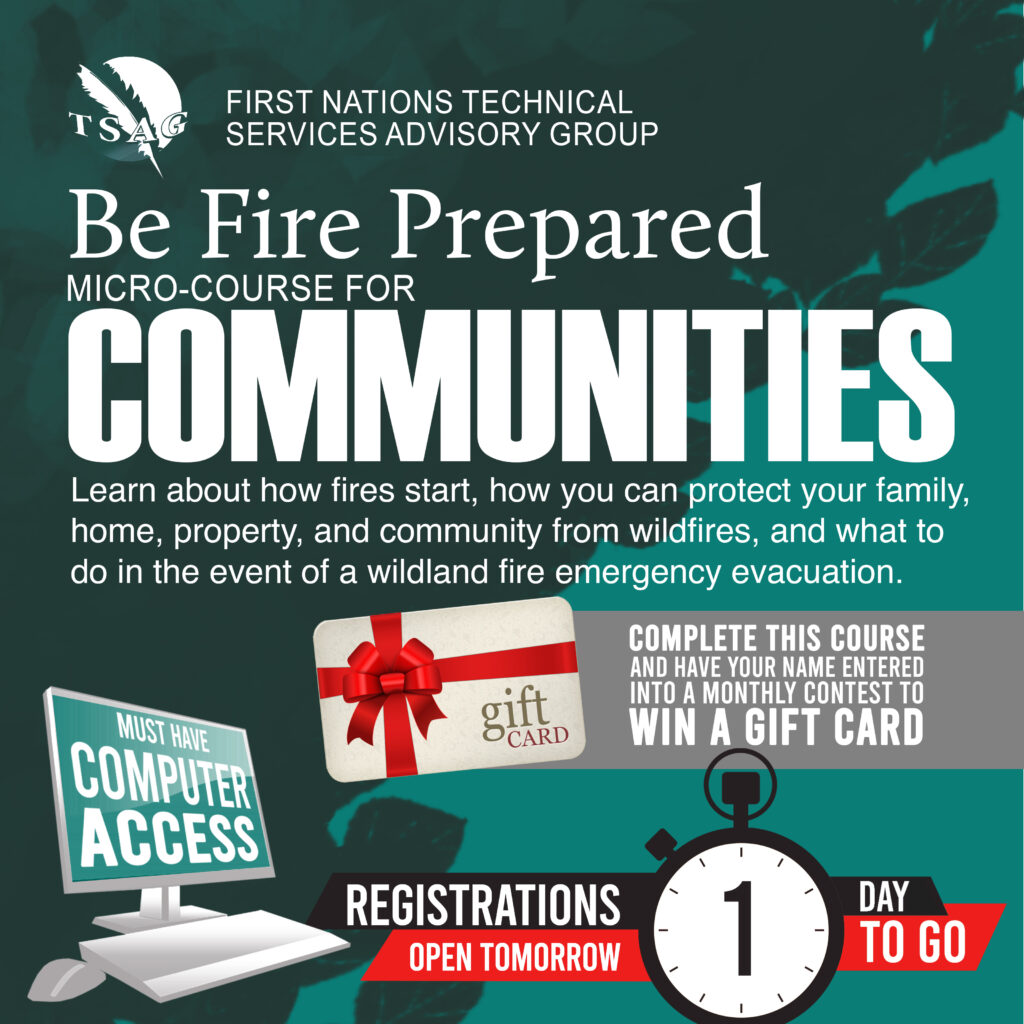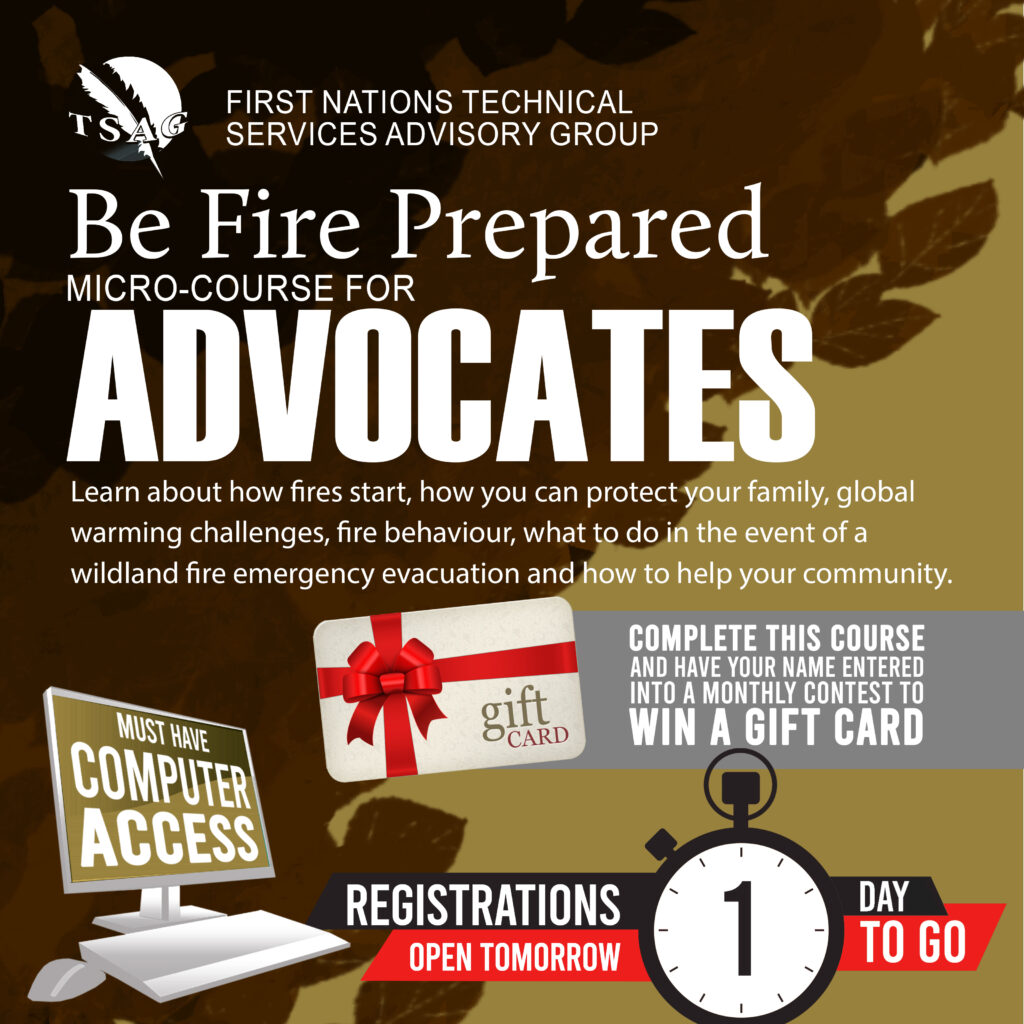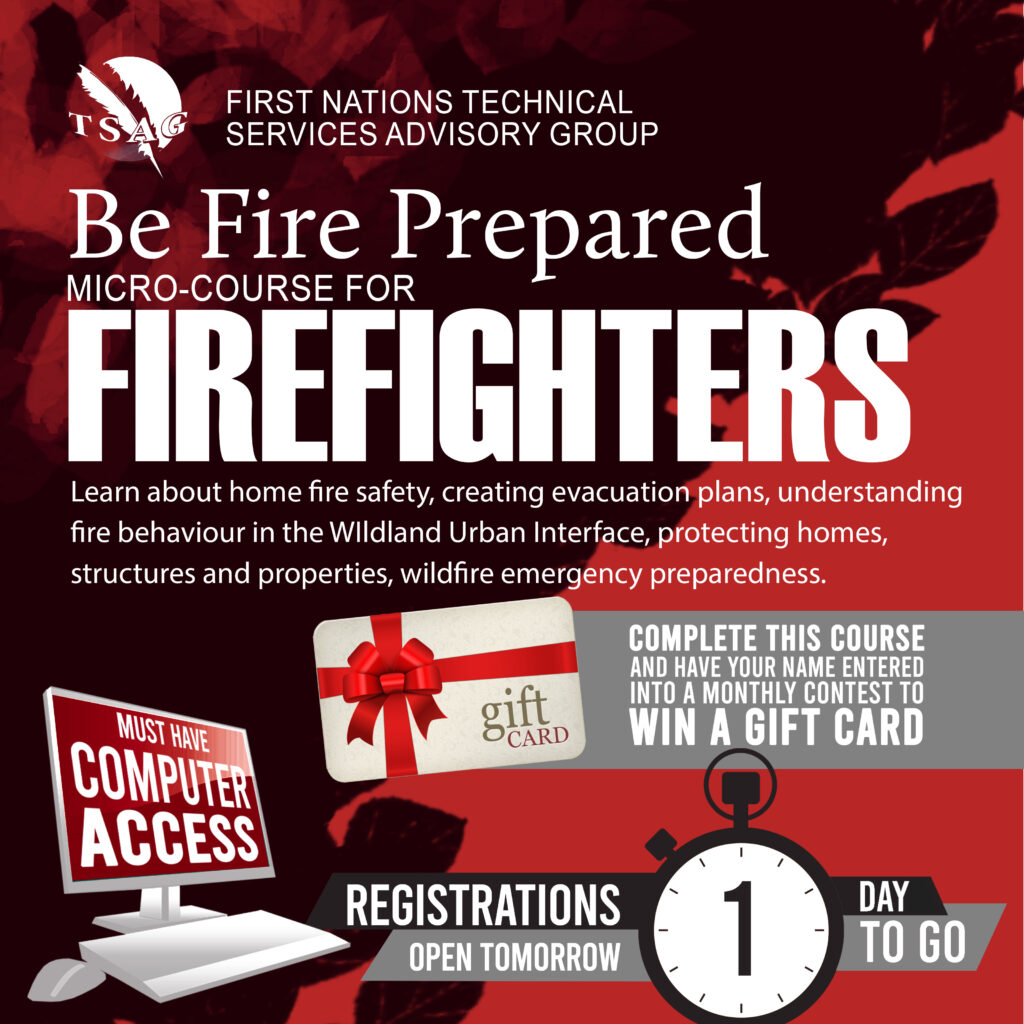Statistics from multiple sources provide shocking insight into the need for First Nations to be Fire Prepared:
According to Statistics Canada First Nations Peoples living on reserves are almost 10 times more likely to die in a fire than non-First Nations.
For Indigenous people who live on reserve, the chances of dying in a house fire are 10.4 times higher than in the rest of the country.
Between 2010 and 2016, at least 173 Indigenous People in Canada lost their lives in house fires. At least 25 of the people were children.
Indigenous people who live on reserves make up nearly one-third of all wildfire evacuees in Canada since the 1950s.
Approximately 80% of Indigenous Communities are located in the Wildland Urban Interface (WUI) putting them at risk for wildfire incidents.
This course endeavors to help First Nations Peoples to work towards changing these statistics by providing information on:
Home fire safety
How to prevent all fires
What, when and how wildfires occur
How to protect your homes from wildfires
How to create emergency and evacuation plans
How they you act together as a community to mitigate wildfire damage to your community
Please Note: TSAG has used a variety of internet sources to collect the information contained in this document. Please see the bibliography in each document for those sources.
Learn about how fires start, how you can protect your family, home, property, and community from wildfires, and what to do in the event of a wildland fire emergency evacuation.
Select which course you would like to register for



